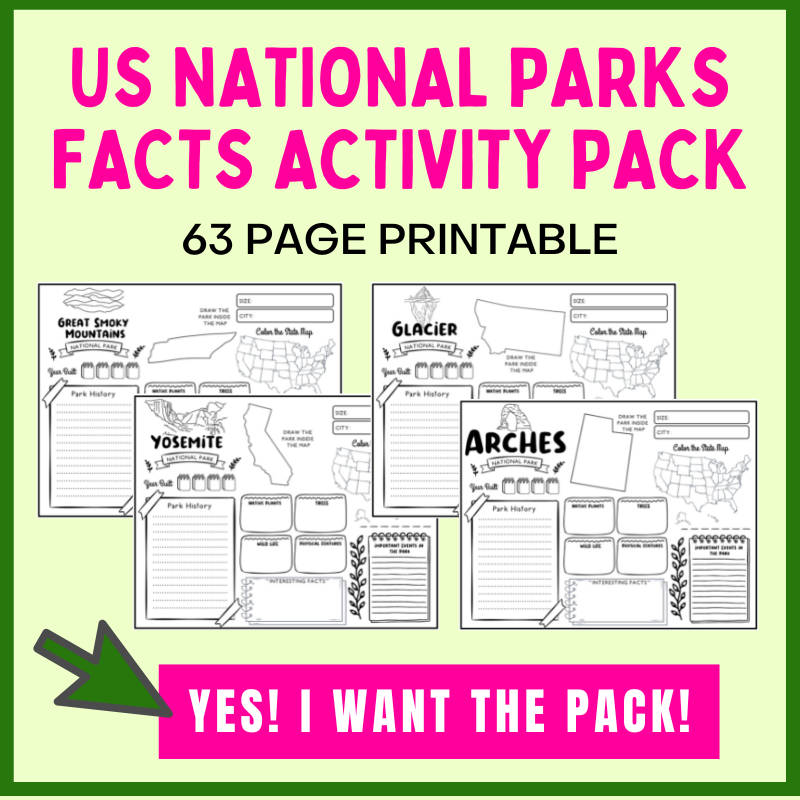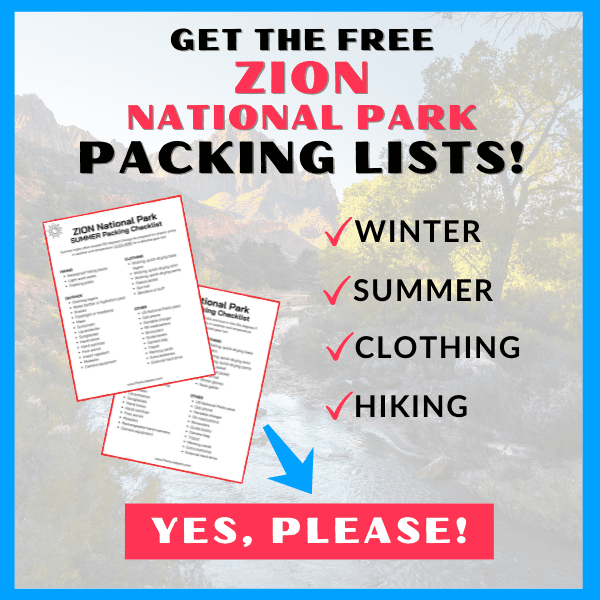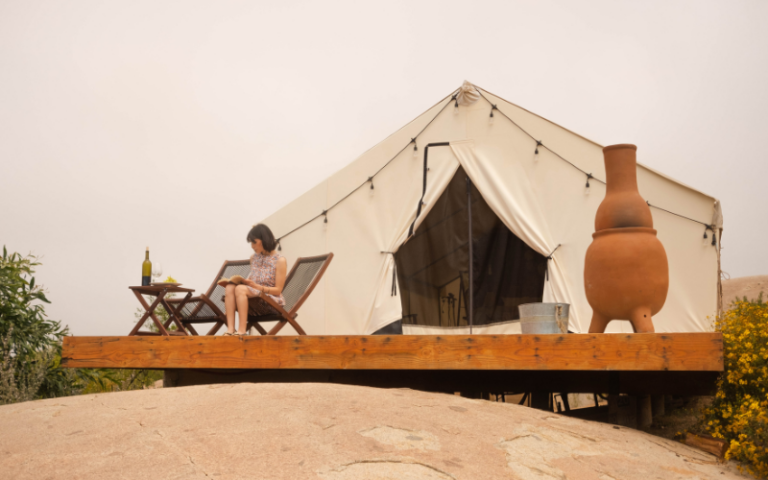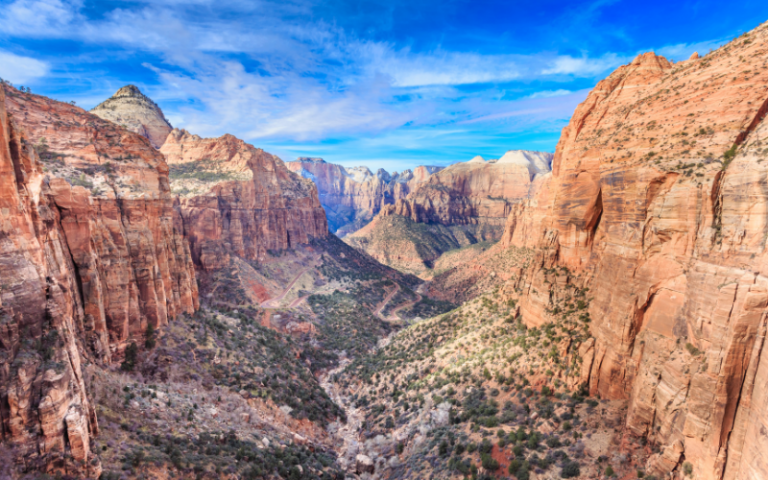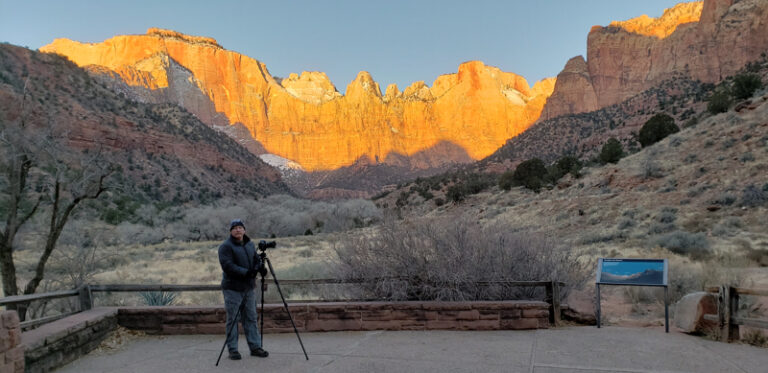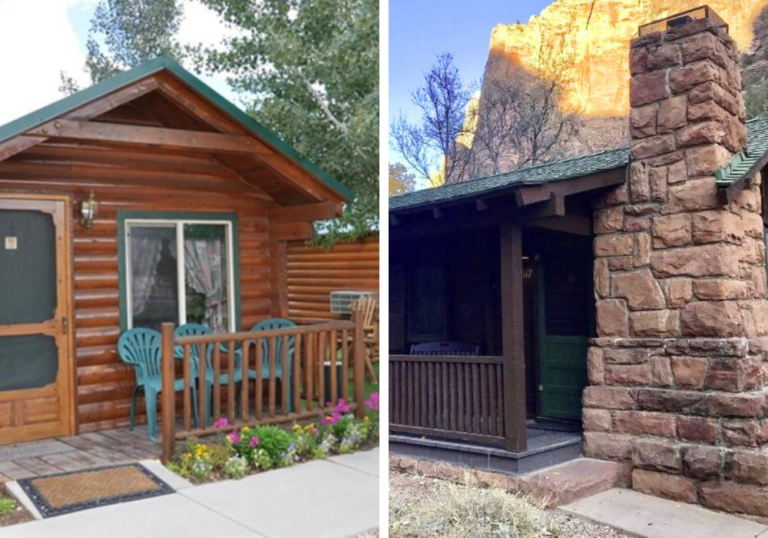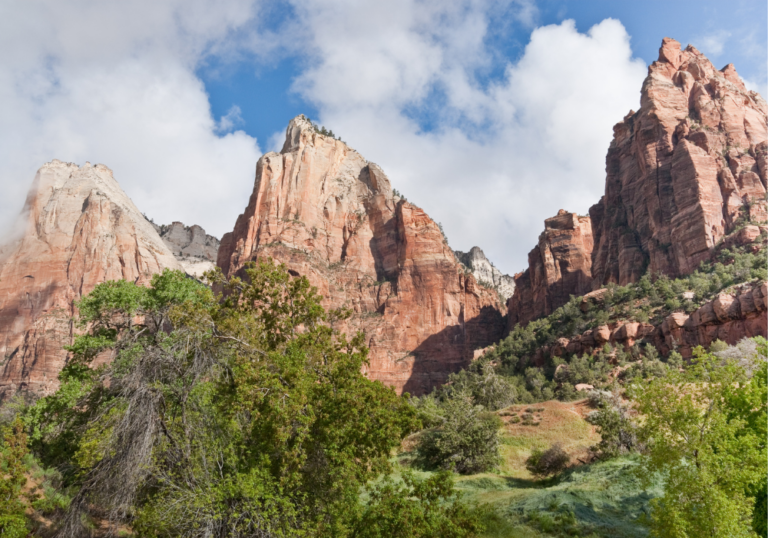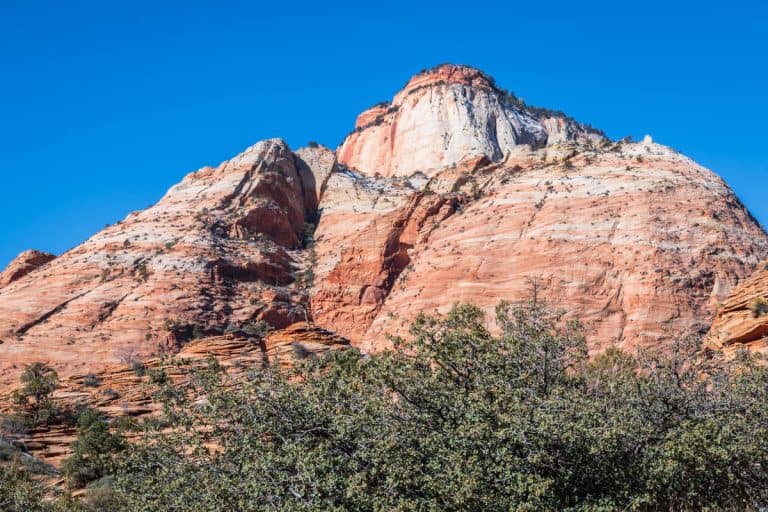20 Interesting Zion National Park Facts
Zion National Park is one of the most breathtaking and iconic national parks in the United States. Located in southern Utah, the park is home to some of the most awe-inspiring landscapes and geological formations.
In this article, we will take a look at some fascinating Zion National Park facts that you may not have known before: location, history, geology, and weather!
Use this Zion National Park travel guide to learn more about the park before you visit.
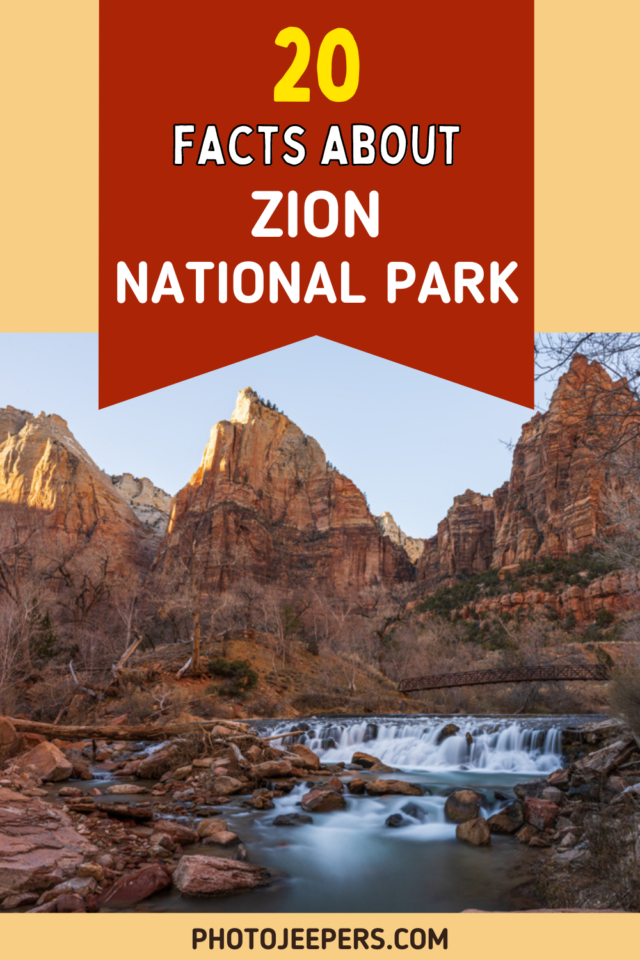
We also share important things to know to help you plan your Zion National Park vacation: what to pack, things to do, and where to say.
Here are a few Zion National Park itineraries based on the time you have available to spend at the park:
A Photo Tour of Zion National Park
Take a visual tour through Zion National Park to see the stunning landscapes you’ll see when you visit!
This site contains affiliate links which means WE may receive commissions for purchases made through these links. We only provide links to products we actually use and/or wholeheartedly recommend! As an Amazon Associate, we earn from qualifying purchases. Read the full Disclosure Policy.
Zion National Park Facts
If you enjoy history and geology, be sure to check out the facts about US National Parks before you visit.
Located in the south west corner of Utah, Zion National Park is known for its narrow sandstone canyons, high plateaus with spectacular views, and the Virgin River that flows through the park.
The Zion National Park hikes like Angel’s Landing, The Narrows, and The Subway are world-famous and fun to explore.
Here are facts about Zion National Park that you might not have known! These facts are great for brushing up on your park knowledge or preparing for an upcoming trip to Zion.
Basics About Zion National Park
First, let’s start with the basics of Zion:
- Location: Southwestern Utah near Springdale
- Date it Became a National Park: November 19, 1919
- Acreage: 229.1 Square Miles
- Number of Visitors: Over 3.5 Million Visitors in 2021
- Highest Elevation: Horse Ranch Mountain (8,726 feet)
- Lowest Elevation: Coal Pits Wash (3,666 feet)
- Average Precipitation: 1.8 inches (Zion National Park weather)
Zion Was Utah’s First National Park
Before it became Zion and before it was ever a National Park, President Taft designated the area as Mukuntuweap National Monument as a protected park in 1909.
Horace Albright, the Park Service acting director, felt the name Mukuntuweap was too difficult to pronounce and spell. It was decided to change the name to “Zion” in order to attract more visitors. Zion National Park is now the most-visited Utah National Park.
Zion National Park Protects Archeological Sites
Many people have called the plateaus and great canyons of this national park home for over 10,000 years. The remnants of their early settlements and existence are still found throughout the park. These structures stand as reminders of the people who came before us, from granaries to possible highways.
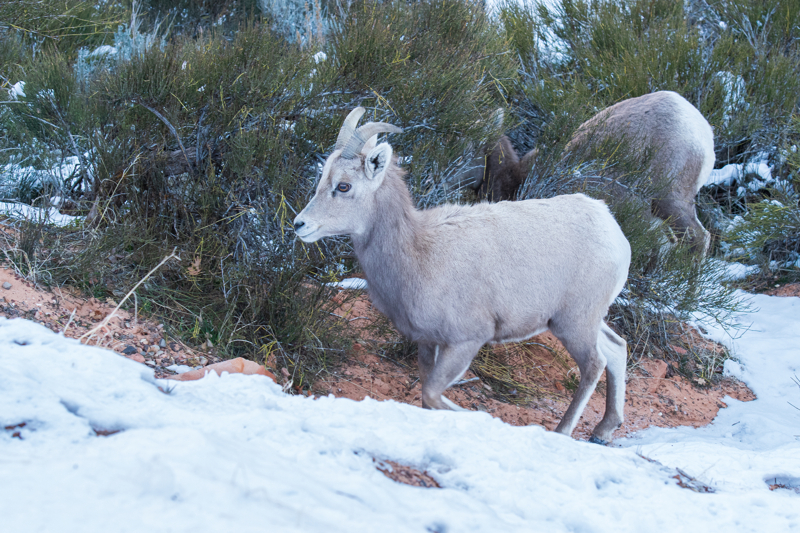
Zion Has a Variety of Species of Plants and Animals
It’s surprising there are more than 1,000 species of plants found in this southwest national park. Some of these species include:
- Cottonwoods
- Pine and Fir trees
- Prickly pears, cholla, and yucca
- Wildflowers
You can also find a wide variety of wildlife at Zion too:
- 78 species of mammals
- 291 species of birds
- 30 species of reptiles
- 7 species of amphibians
- 8 species of fish
Zion National Park is Home to Endangered Species
The California Condor, endangered since 1967, soars above the cliffs of Zion National Park. This bird is the largest North American bird and can soar up to 15,000 feet into the air. If you’re lucky, you can find this incredible bird at Angel’s Landing and the Kolob Terrace.
Zion has the highest density of the threatened Mexican Spotted Owls in the state of Utah. They breed, raise their young, and live in the narrow canyons in the park.
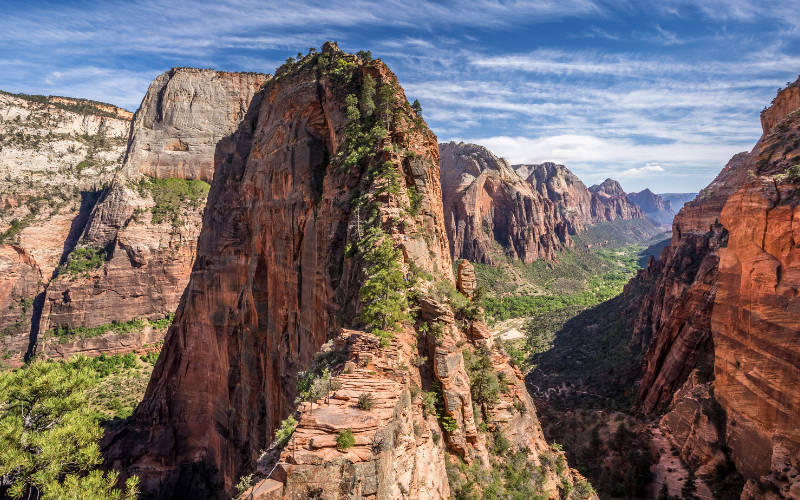
One of the Most Daring Hikes in the World Can Be Found at Zion
One of the most popular Zion National Park hikes is the famous Angels Landing hike, which is said to be one of the most dangerous hikes in the world.
This hike is not for the faint of heart, but the view from 1,488 feet above the canyon floor is breathtaking!
The Angel’s Landing trail is a strenuous 5.4 miles roundtrip. It starts off at The Grotto and follows the Virgin River before climbing the side of the cliff via 21 switchbacks known as Walter’s Wiggles.
At the top of the switchbacks, you’ll end up at Scout’s Landing, which can be a good stopping point if you have a strong fear of heights. From there to the top, you follow a narrow ridge with steep drop-offs on either side. There is a chain to hold onto on the way up.
Zion is Known for Towering Sandstone Cliffs
The Navajo sandstone cliffs found at Zion National Park are made up of layered minerals formed by windblown sand dunes deposited between 110 and 270 million years ago.
These towering cliffs have an average depth of 2,000 feet. Climbers from around the world enjoy scaling these rock walls. Zion is also famous for canyoneering adventures like hiking The Subway trail.
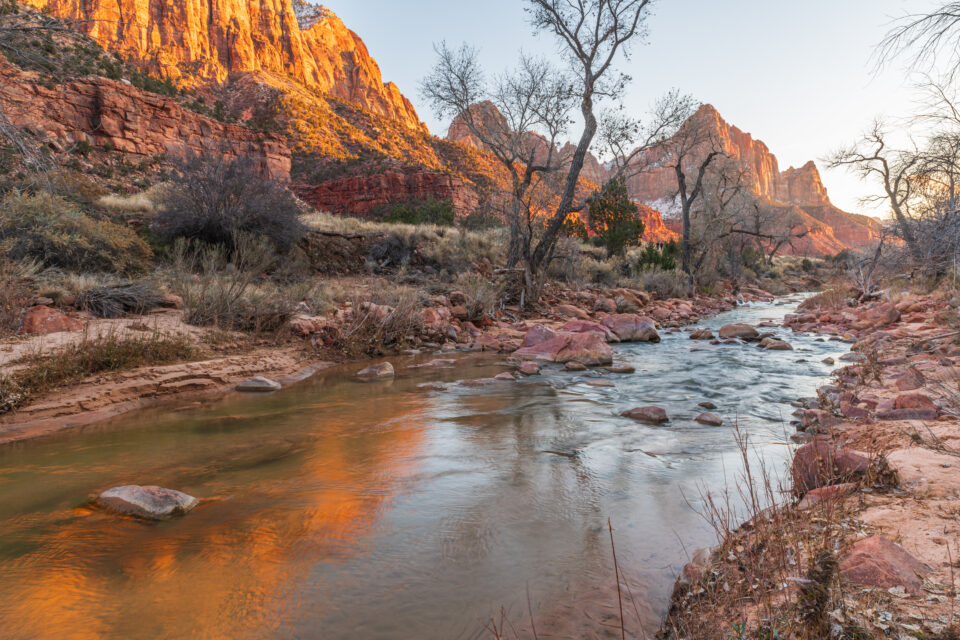
Tips for Visiting Zion National Park
As you’re planning your Utah National Park road trip, check out these tips and activities for visiting Zion National Park.
Zion is open 24 hours a day, every day of the year, even on holidays! Be sure to check the NPS website for the most updated information for the Zion visitor center hours and closures when you plan to visit.
You will need a National Park pass to enter Zion. The annual park pass can be purchased online or at the park entrance booth. If you purchase a digital pass be sure to print or save it on your mobile device since connectivity is limited in the park.
Zion National Park Shuttle
The Zion National Park Shuttle begins operations during the weekends starting mid-February. Around the first part of March, the shuttle runs daily between Zion Canyon and the town of Springdale. While the shuttle is in operation, no vehicles are permitted on the Zion Canyon Scenic Drive. The shuttle also runs during the Christmas holiday so check the website if you’ll be visiting Zion during that time.
When the shuttle service is not in use, Zion National Park can still experience overcrowding. When this happens, the Zion Canyon Scenic Drive will close to the public once all parking lots are full. Therefore, be prepared and make alternative arrangements if you’re planning a Zion National Park itinerary between December and February.
It’s important to know all the rules and regulations for parking at Zion National Park! Visitors can park only in designated parking spaces and should avoid parking along roadways, on vegetation, and in a way that blocks traffic. If a parking lot is full, do not wait for a spot to open up. Instead, move on and look for parking elsewhere. Anyone who fails to park in designated spots will be subject to a fine and may have their vehicle towed.
You can also park in Springdale, just outside the park entrance. Use the free shuttle that takes you to Zion. Be aware though that you must pay for parking in Springdale and that a park entrance pass does not include town parking, and vice versa.
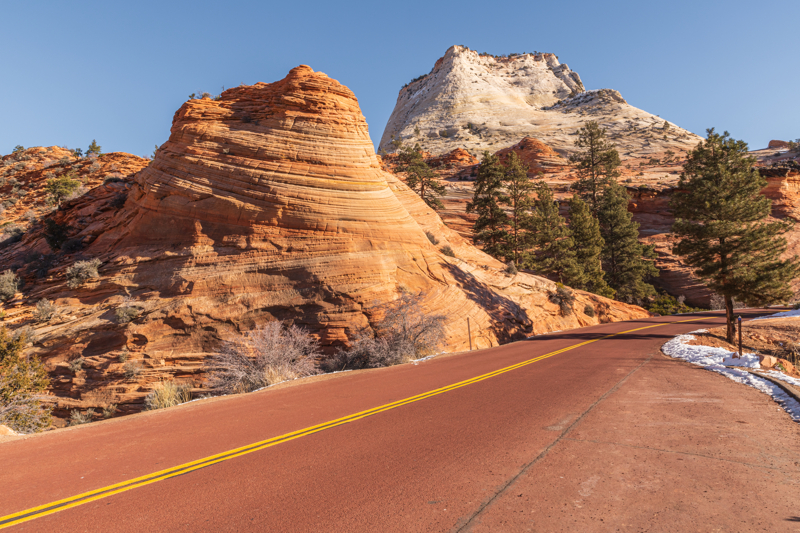
Best Season to Visit Zion National Park
While there isn’t a bad time to explore Zion, some seasons make visiting more enjoyable than others. Check out the best times to visit Zion National Park!
- Zion National Park in the spring you’ll see high river levels due to snow runoff in the mountains which can make some hiking trails impassable.
- Zion National Park in the summer means battling the crowds and high temperatures over 100 degrees!
- Zion National Park in the fall you’ll enjoy more moderate temperatures and ideal hiking conditions.
- Zion National Park in the winter there are fewer crowds, but it will be cold and some trails may close immediately following a snow storm.
Where to Stay Near Zion National Park
You definitely want to stay in Springdale which borders the entrance to Zion.
- Places to Stay at Zion National Park
- Camping in Zion National Park
- RV Parks near Zion National Park
- Holiday Inn Express – our favorite place to stay with an outdoor pool and amenities you’d find in a high end hotel
- Zion Lodge – we haven’t had a chance to stay here yet, but you can’t go wrong staying right IN the park!
- Under Canvas Zion – if you want to experience a less crowded part of Zion, this is the place! It’s in the Kolob section of the park.
- Vacation Rentals in Springdale – you’ll want to stay in Springdale so you’re close to the park entrance and can walk to shopping and restaurants.


